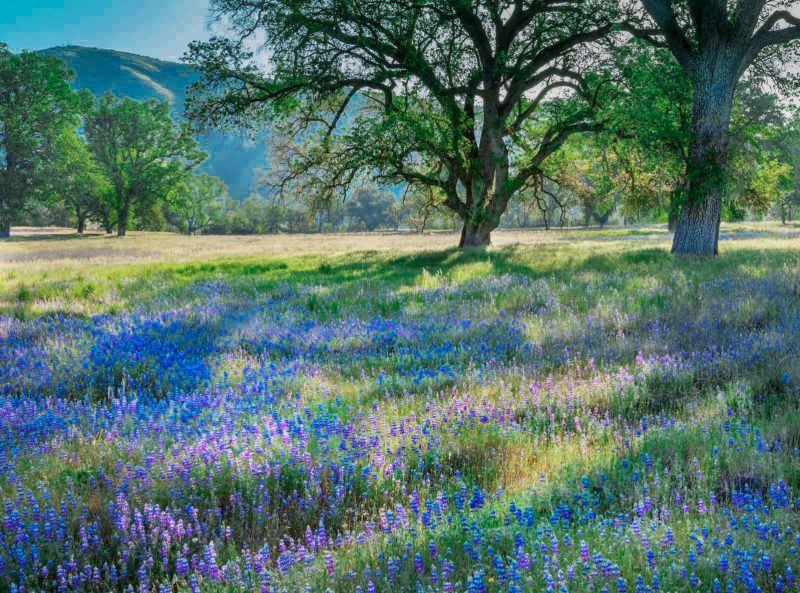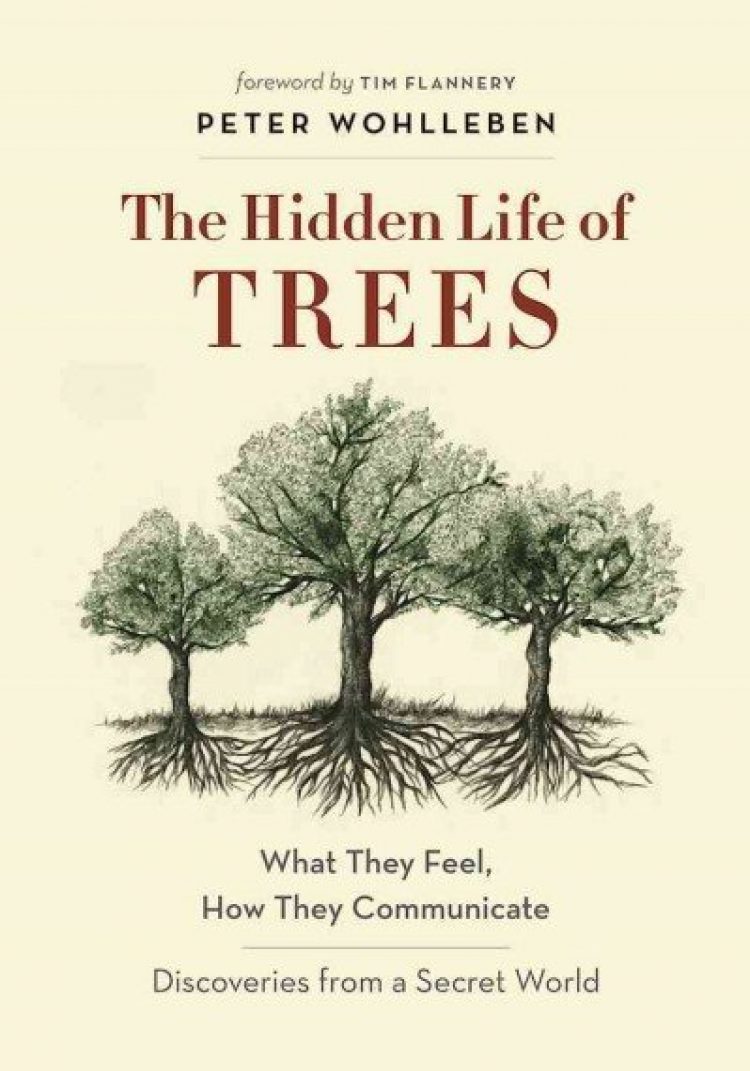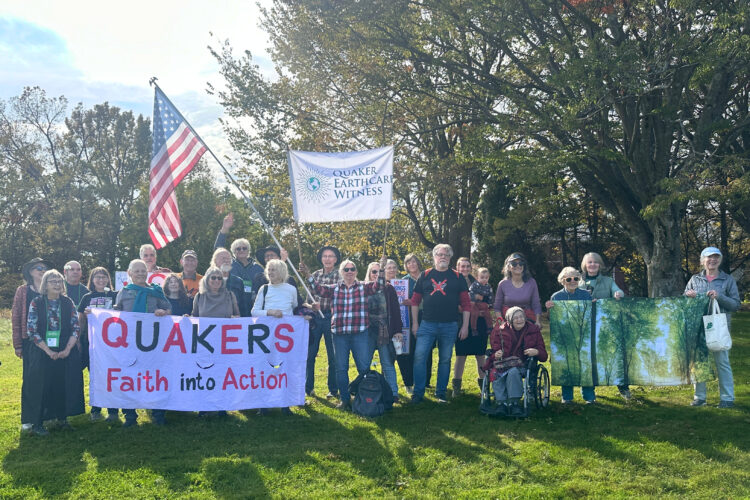Book Review: “The Hidden Life of Trees: What They Feel, How They Communicate”

By Tom Small.
PETER WOHLLEBEN TELLS THE STORY of a professional forester’s awakening from calculations of board feet to realization of a forest as an intelligent, feeling community. Sharing information and resources through what Wohlleben calls the “wood wide web,” the forest community cooperates so as to ensure that “each tree can grow into the best tree it can be” (16).
Wohlleben values the trees as his mentors. He sees them as persons: they are “happier” under the right conditions; they breathe “sighs of relief;” they are “social beings” that care for each other.
Through chemical aerosols, through electrical signals, through interwoven roots, and the web of fungal threads interconnecting every root and plant, the forest communicates. Wohlleben, through personal experience and study of recent scientific research, learns that trees share nutrients and medicines not only with kin and offspring but with needy trees of other species; they ‘’scream” in pain, purify the air, attract beneficial insects, ward off predators, and sustain the climate, habitat, and species diversity essential to the well-being of every organism in the community.

“In the symbiotic community of the forest,” Wohlleben observes, “not only trees but also shrubs and grasses—and possibly all plant species—exchange information in this way” (11). If, as Gary Snyder affirms, “intelligence is the information passed through the system,” then a forest is a wondrously intelligent organism.
Not only intelligent, but caring. Sick individuals are “supported and nourished until they recover. Next time, perhaps it will be the other way round.” It takes the entire community to create an ideal, sustainable habitat; therefore, every individual is “valuable to the community and worth keeping around as long as possible” (4).
Aged trees are particularly valuable. Not only do they act as “mother” trees in the network, but—contrary to the view of most foresters—they are very productive of new growth and thus sequester carbon at many times the rate of younger trees (98).
As the forest shares, so does Wohlleben, the forester. He invites us to share with him “the joy trees can bring us” (xv). Besides joy and wonderment, though, what did I gain from this book? Greater humility, and enhanced hope.
Wohlleben himself has gained humility. He realizes, as manager of a forest, that his own wisdom, however transformed, will never match that of the forest. As a plant-community restorationist, I too am humbled. The ecosystem knows best. Leave it alone. It is self-sustaining. Moreover, the old-growth forest is “just as happy to develop from a monoculture” such as an old farmfield or your front lawn (229). It knows how to do it. It just moves slower than we might like. So, to paraphrase the title of a QEW trifold, “slow down to the speed of trees.”
As for hope, Wohlleben observes that trees know how to care for themselves and each other in hard times. Moreover, trees of the same species are “as far apart genetically as different species of animals.” Compared to beech trees, human beings are a genetic monoculture. So, since diversity makes for resilience, even if climate change is severe in Wohlleben’s forest, “an overwhelming number of the trees would cope.” There is, however, a proviso: the “social structure of the forest” must not be disturbed “so that the forest can continue to regulate its own microclimate for itself” (199).
Must we stop using wood altogether? Not likely, is it? So here’s some wisdom from Wohlleben the forester:
It is okay to use wood as long as trees are allowed to live in a way that is appropriate to their species. And that means that they should be allowed to fulfill their social needs, to grow in a true forest environment on undisturbed ground, and to pass their knowledge on to the next generation. And at least some of them should be allowed to grow old with dignity and finally die a natural death (243).
Wohlleben’s scorn for industrial forestry and his love and respect for forests are manifest in his book, which is full of stories, information, and wisdom. Perhaps he should be the guide for your next walk in a forest.
If it’s a true forest (not a “plantation”), remember that under every footfall there are about 80 miles of those fungal threads of the “wood wide web.” Walk lightly and slowly. Meditate on “the hidden life of the trees.” Consider the ancient wisdom of the Kichwa of Sarayaku, Ecuador, who see their forest as “the most exalted expression of life itself” (234). Breathe in the air with all it carries, and be sensitive to the many languages of this interwoven, interdependent, joyful community in which you participate.

